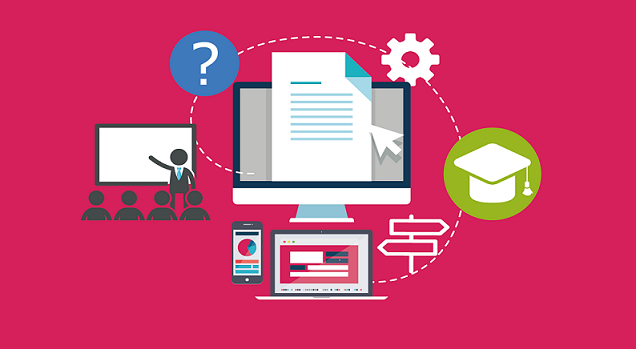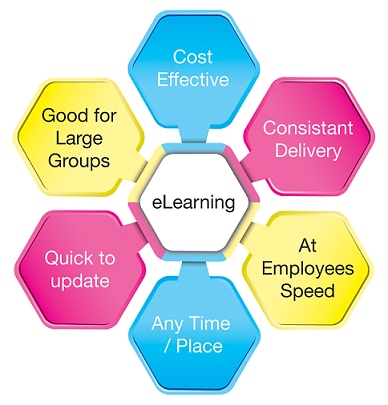e-Learning Solution:
E-learning (or eLearning) is the use of electronic educational technology in learning and teaching.
Information and communication technology (ICT) in education, EdTech, learning technology, multimedia learning, technology-enhanced learning (TEL), computer-based instruction (CBI), computer managed instruction, computer-based training (CBT), computer-assisted instruction or computer-aided instruction (CAI), internet-based training (IBT), flexible learning, web-based training (WBT), online education, virtual education, virtual learning environments (VLE) (which are also called learning platforms), m-learning, and digital education.[1] In usage, all of these terms appear in articles and reviews; the term "e-learning" is used frequently.
These alternative terms are all linguistically more restrictive than "educational technology" in that they refer to the use of modern tools, such as computers, digital technology, electronic media, networked digital devices and associated software and courseware with learning scenarios, worksheets and interactive exercises that facilitate learning. However, these alternative names individually emphasize a particular digitization approach, component or delivery method. Accordingly, each conflates to the broad domain of educational technology. For example, m-learning emphasizes mobility, but is otherwise indistinguishable in principle from educational technology.
The e-Learning platform works as an excellent delivery mechanism with several rich features. It facilitates both delivery as well as mobile assessments, thus eliminating the need to access e-Learning content from laptops or desktops. It opens a whole new time zone for learning - "on the move". Our e-Learning works on a wide variety of mobile platforms and features a campaign manager, and a broadcast module with support for voting, surveys.
Features of e-Learning:
e-Learning supports creation of different types of questions based on specific testing requirements. It supports assessments based on SCORM and QTI standards.
SAAS capabilities
e-Learning can be deployed in the "Software as a Service" format ensuring any time, anywhere accessibility.
Browser based AMS
The assessments can be browser based.
Web 2.0 tools
e-Learning makes available all the web 2.0 tools to the learner, thus enriching his learning experience. Learners can use the Wiki, Discussion forums, RSS feeds, and Podcasts.
Flexible learning spaces
e-Learning spaces can be configured in the open, content based or profile based formats. The platform also enables participation and community ranking links to grade book.
Useful information at hand for students
Students can access useful information such as daily classes and assessments, exam results, and career alerts, as well as ask the instructors for clarifications. The two way SMS enables students to participate in surveys, vote on topics, and offer lecture feedback.
Rich Content on Mobile
e-Learning enables transmission of rich content with a light data transfer protocol to mobiles. It can also transmit multimedia greetings, and magazines for browsing on the mobiles.
Game Based Learning
e-Learning enables students to learn with games - a highly popular and innovative means of learning.
Scalability
e-Learning delivers e-Learning content to a 6 million plus user community spread across Singapore, Malaysia, Singapore, & India. This community includes 250,000 paid subscribers.










